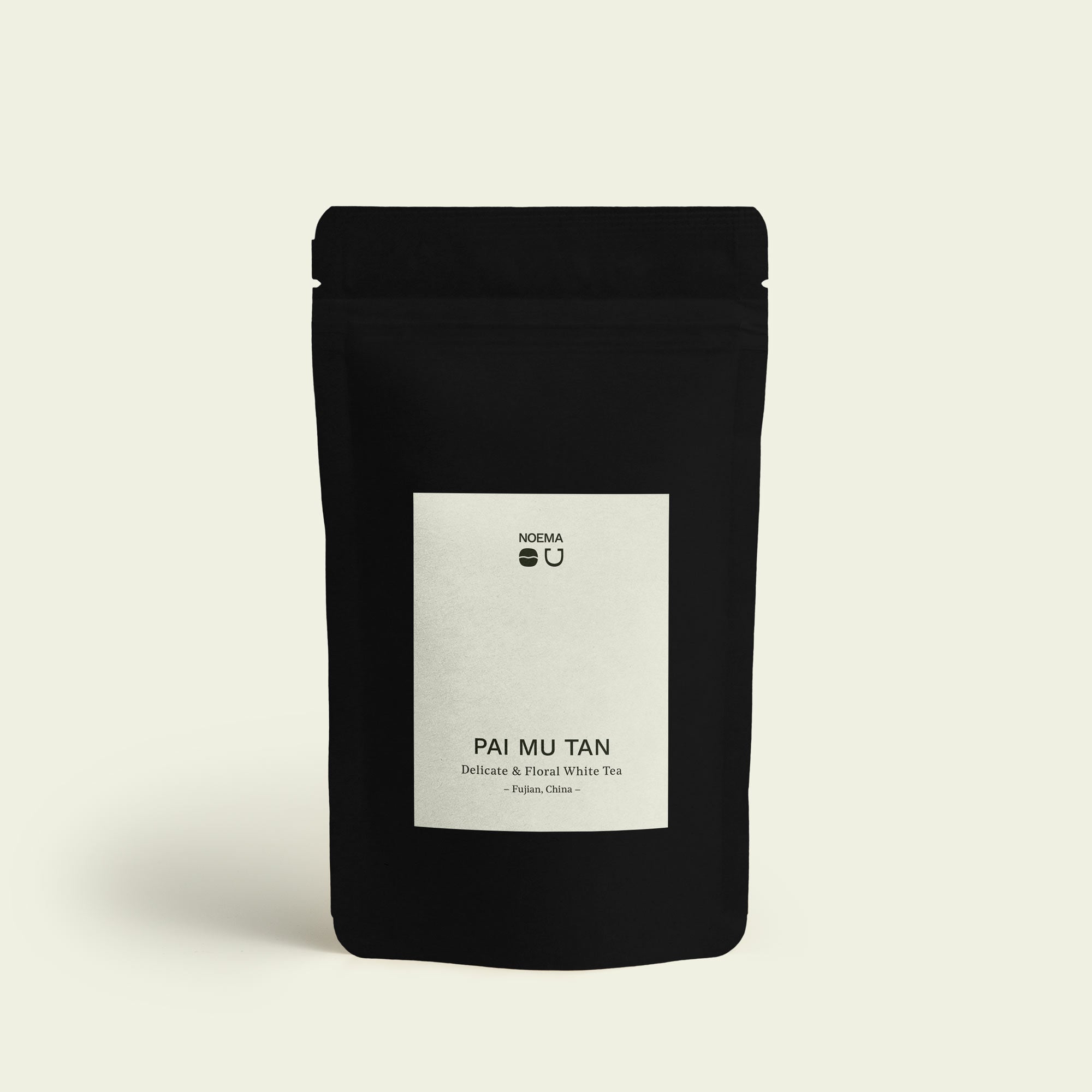
What makes white tea so special?
The Diversity of White Tea
Fine & noble
Full-bodied & nutty
Mature & complex
Fruity & aromatic

Our favorite white teas
How to make the perfect infusion
Quantity
Temperature
Time
Infusion



Pai Mu Tan
Pai Mu Tan, also known as White Peony, is a refined white tea from the mountains of Fujian, China. Its large, loosely rolled leaves with silvery buds create a harmonious, natural flavor, characterized by gentle sweetness and delicate floral notes.
Character
Gentle, floral and slightly sweet. Fine nutty accents and a soft mouthfeel give the tea a pleasant depth.
Quality
Origin
Pai Mu Tan comes from the highlands of Fujian, China, a region known for its traditional white teas.
Ingredients

Origin
Questions & Answers





